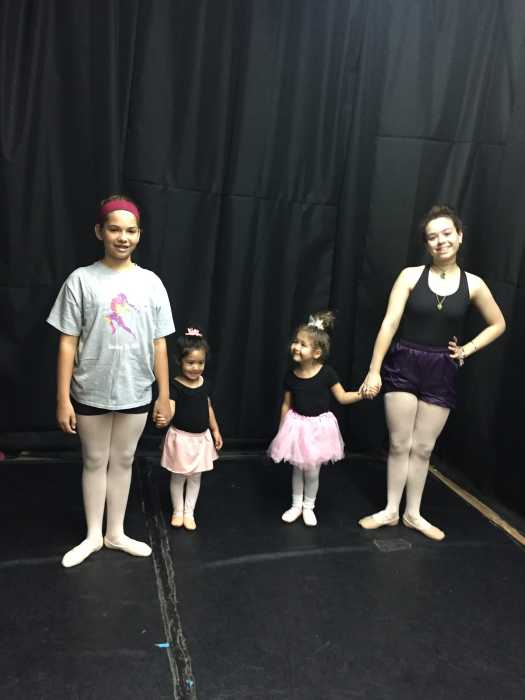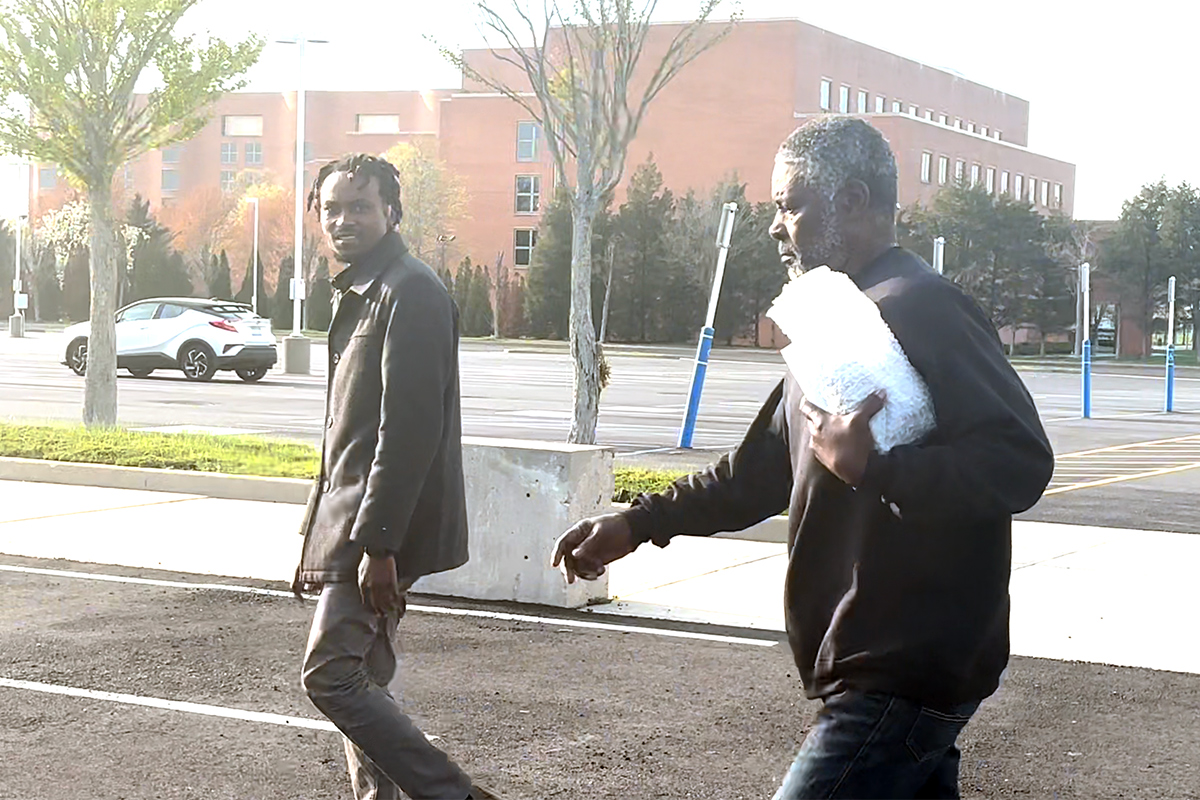Speed, Height, Touch
As a former soccer and basketball coach, I realized that there were certain skills you could not teach, no matter how good you thought you were.
The first skill not teachable was speed. I would take the entire soccer team, line them up on the sidelines and say “run to the opposite sideline and back to here.” That way I could determine who was the fastest. The winner was always Mark Diamond, one of the smallest, and I installed him as a fullback. He could catch anybody who was breaking away. I could not teach speed to the other 10 players.
When I coached basketball, naturally I couldn’t teach the shorter boys to be taller. One lesson I tried to teach the bigger boys was to make the smaller and faster guys on the other team think twice on offense. Don’t get excited: it only meant that when the smaller and faster guys came into the lane, the bigger boys could obstruct them from coming in there again and again. This was a good lesson for all concerned.
Many years ago, the New York Knicks had a 6-foot-10-inch center named Willis Reed. Reed was a superb basketball player. He was big and brawny, and an excellent shot blocker. And yet, Reed could jump and at the apex of his leap, deliver a soft touch of a shot.
At that time there were very few defensive players who could get up that high. But the amazing touch Reed had allowed him to deliver a tender, gentle release of the ball high off the ground.
A coach can teach many fundamentals of the game but he or she cannot teach speed, height or touch. These skills are inborn and the players themselves don’t know from whence these marvelous gifts came.
Great coaches to a large degree come from recruiting the greatest athletes. A good coach is the one who makes all players feel comfortable. Looking back, I miss those wonderful years with the marvelous youths I coached.































